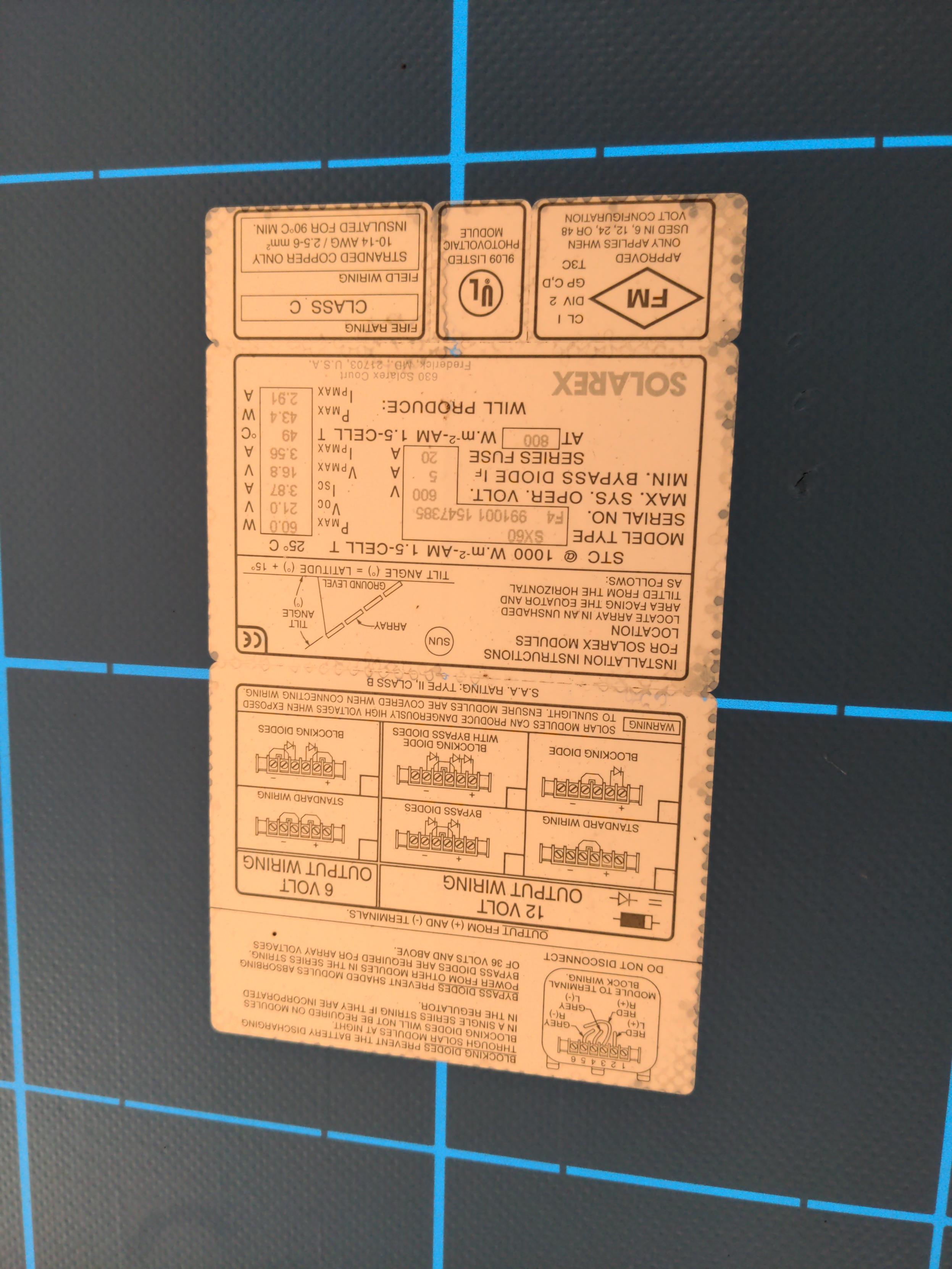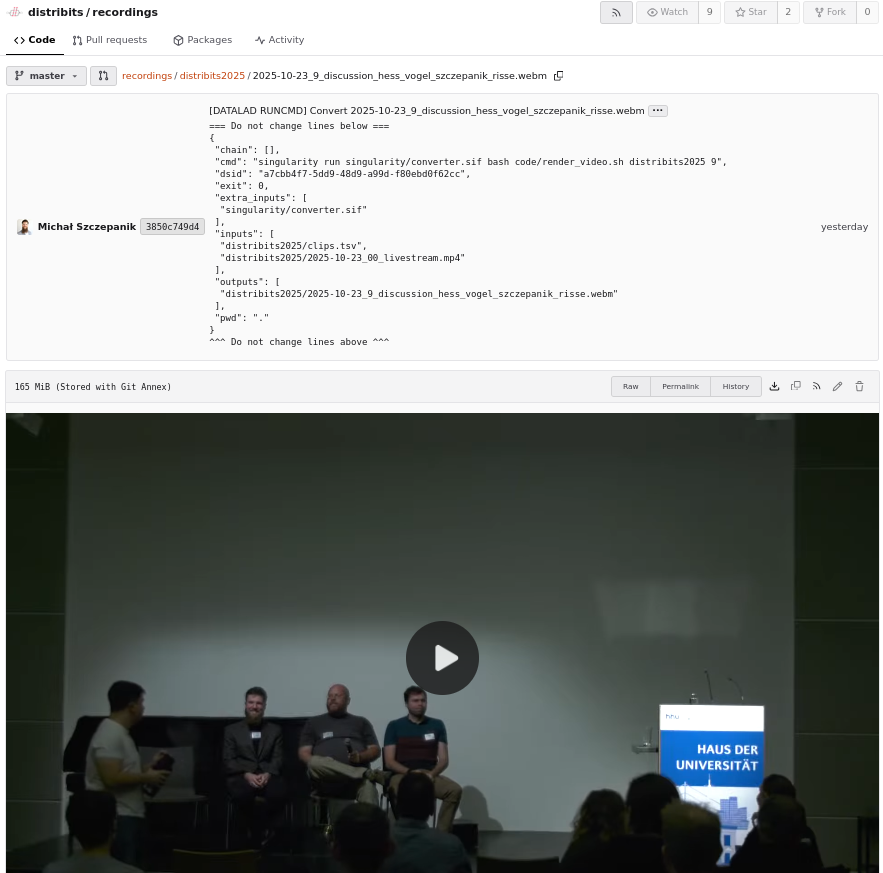Yes past me, the future is kind of dumb.
So, past me age 10, you won't be surprised that we have electric cars here in the future. Yes, of course they use round little batteries just like your toys. Except many thousands of them, covering the whole bottom of the car.
Anyway, I was in mine today and watching a giant shiny metal wedge car try to park. He kept backing and forthing trying to get it just right in the lines. Even though the wedge's back wheels could steer too! Eventually he stopped.
Around then I was dealing with a piece of fragrant juicy meat which had gotten into the pocket of my shirt. Some things about the future you will just have to experience for yourself.
Anyway, I noticed he sat there in his wedge for a long time without plugging it in. Long enough for it to have charged up a good way. Get this: All our cars have computers in them. I think he was just on the computer sharing how cool his wedge is.
No, not writing #BASIC. We're not allowed to do that.
ate my 1st homegrown calamansi fruit
Huh, it can be internally wired to produce 6v. Makes me wonder about minimum circuit to power a raspberry pi direct drive with no battery backup.
They were making these in 1998 and probably earlier than that.
Label on the old solar panels

Converted my spring pump from being direct driven from 30 year old #solar panels to being powered by the new, modern arrays.
After 6 years, the direct drive still worked fine, the problem is that I need to pump from the spring this December, and that's just not feasible on the old Solarex SX60 panels, which produce about 128 watts on a good day.
So those panels, which must be nearing 30 years old, are decommissioned, at least for now..
How appropriate that today I got to add another org to the #gitAnnex thanks page! https://git-annex.branchable.com/thanks/


Headed south on solar power as far as it could take me. Wishing charging were a bit slower.

baking a cranberry pie by solar power on a day where "solar" is rather notional
Finally found spare time and energy to fix the bookshelf that broke and partly fell over about 6 months ago.
The vestigial lead acid battery in EVs is kinda weird, and annoying when it starts to do lead acid failure things. There are engineering reasons for that cruft to still exist, but this does make me wonder when that 12v battery will finally get eliminated from cars.
I wonder if the traction battery's balancing leads could be designed to also power the crucial low voltage systems like the contactor? Battery, enable thyself..
Not gonna pursue this idea personally, cars are still boring to me even w/o the 16th century parts.
I have a repository where I've collected many conference recordings, which I archive offline. Usually that is an exercise in web scraping. In this case, I was able to clone the git merge this into my repo, and `git-annex get` the videos.
Just wanted to point out how well done this conference video publishing is. version controlled files all the way down, and can be streamed right from the git repo.
https://hub.datalad.org/distribits/recordings/

The Distribits2025 talks have been published. Many of them concerned #gitAnnex, and I've put together a list of those here.
finished up my winter prep checklist yesterday by insulating the fig tree and re-burying parts of the water line
I did not expect accumulating snow today!
plenty of solar power to charge my EV

List of feeds:
- Anna and Mark: Waldeneffect: last checked (4610 posts)
- Anna and Mark: Wetknee: last checked (46 posts)
- Joey: last checked (229 posts)
- Joey devblog: last checked (271 posts)
- Joey short: last checked (1596 posts)
- Jay: last checked (50 posts)
- Errol: last checked (53 posts)
- Maggie: last checked (40 posts)
- Tomoko: last checked (77 posts)
- Jerry: last checked (28 posts)
- Dani: last checked (30 posts)